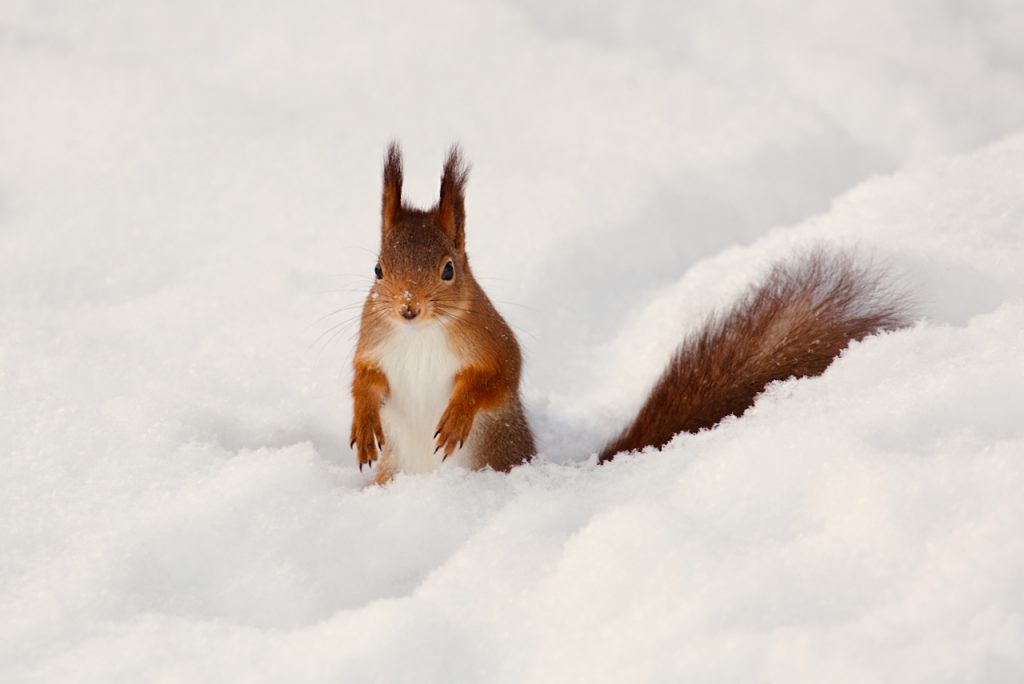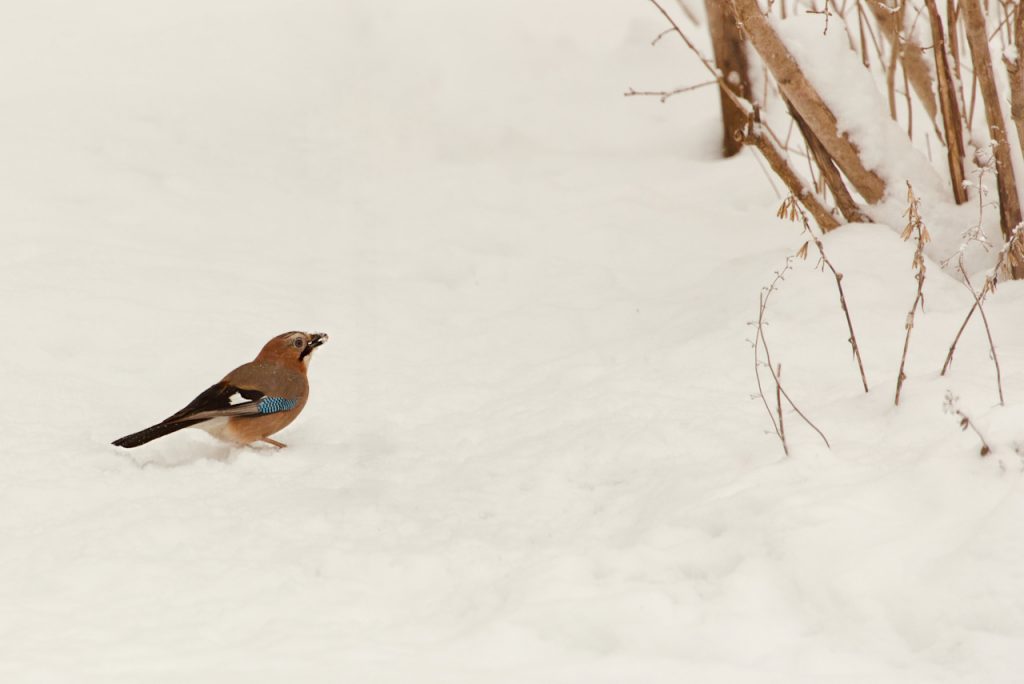
A beautiful Eurasian jay with bright plumage, maybe due to ant bathing? Jays engage in a curious behavior called ant bathing: they climb an ant hill and let ants climb all over their body while moving around to excite the ants. The theory is that the formic acid secreted by the ants to protect themselves helps keep the bird’s plumage healthy and glossy. Then they’d take a bath to get rid of the poor ants!.
Related Posts
If you liked this post, share it on your preferred social network or forward it to a friend.






